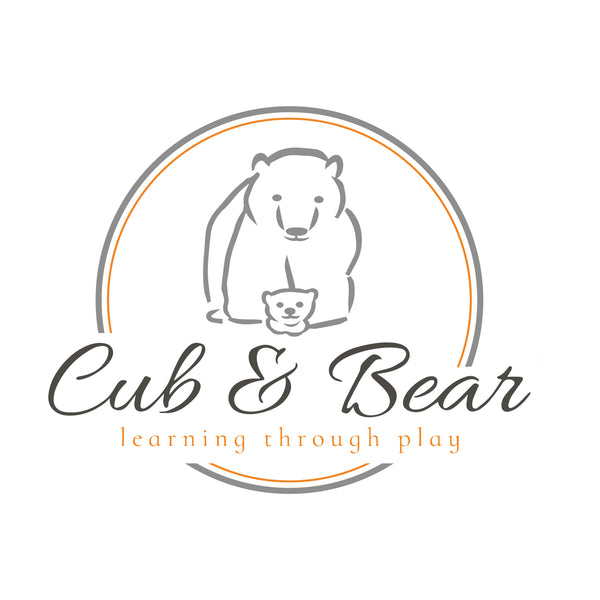Emotional development is a cornerstone of children's well-being, influencing their ability to navigate life's challenges, form healthy relationships, and thrive in the world. In this blog post, we delve into the realm of emotional development, exploring its significance and offering guidance on how parents can nurture emotional intelligence and resilience in their children.
Exploration of Emotional Development:
-
Infancy:
- During infancy, emotional development begins with the recognition and expression of basic emotions such as joy, sadness, and distress.
- Babies rely on caregivers to regulate their emotions through soothing interactions and responsive caregiving.
-
Early Childhood:
- In early childhood, emotional awareness expands as children learn to identify and label a wider range of emotions, both in themselves and others.
- Key milestones include the development of empathy, self-awareness, and the ability to express emotions verbally.
-
Middle Childhood:
- Middle childhood is a time of heightened emotional sensitivity and social comparison, as children navigate peer relationships and school dynamics.
- Children learn to manage complex emotions, cope with stress, and develop resilience in the face of challenges.
-
Adolescence:
- During adolescence, emotional development is marked by increased introspection, identity exploration, and emotional regulation.
- Adolescents grapple with issues of self-esteem, identity formation, and peer influence, as they strive to establish their sense of self.
Tips for Supporting Emotional Development:
- Validate Feelings: Acknowledge and validate your child's emotions, helping them feel understood and accepted.
- Teach Coping Strategies: Teach children healthy coping strategies for managing emotions, such as deep breathing, mindfulness, and positive self-talk.
- Provide a Nurturing Environment: Create a supportive and nurturing environment where children feel safe to express their emotions openly and seek support when needed.
- Model Emotional Regulation: Model healthy emotional regulation techniques and demonstrate resilience in the face of challenges, serving as a positive role model for your child.
Age-Appropriate Activities for Emotional Development:
- Infants: Engage in responsive caregiving, comforting your baby when they are distressed and providing opportunities for bonding through cuddling and soothing interactions.
- Toddlers: Teach simple emotion words and facial expressions, and encourage toddlers to express their feelings through art, music, and imaginative play.
- Preschoolers: Practice mindfulness exercises such as deep breathing or guided relaxation, and encourage preschoolers to use "feelings faces" to express their emotions visually.
- School-Aged Children: Engage in open discussions about emotions and coping strategies, and encourage journaling or writing exercises to help children explore and process their feelings.
Emotional development is a journey of self-discovery and growth, shaping the way children understand and navigate their emotions throughout life. By fostering emotional intelligence, resilience, and a supportive environment, parents can empower their children to thrive emotionally and lead fulfilling lives. Let's embark on this journey together, nurturing emotional resilience and well-being in the hearts of our children.

